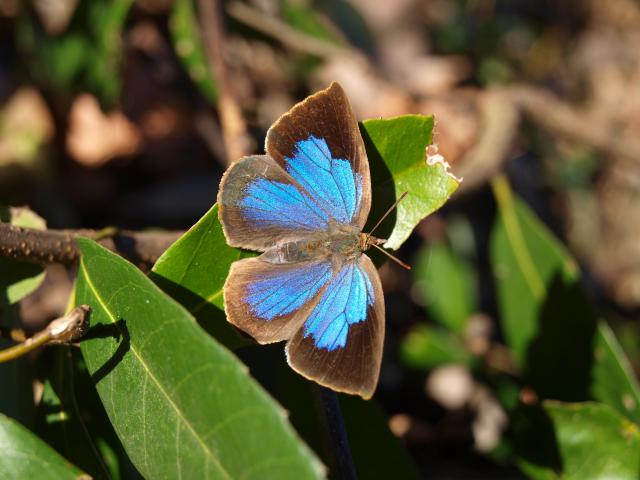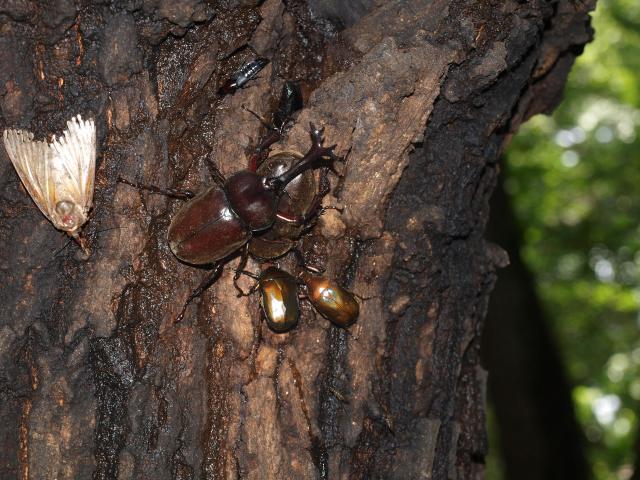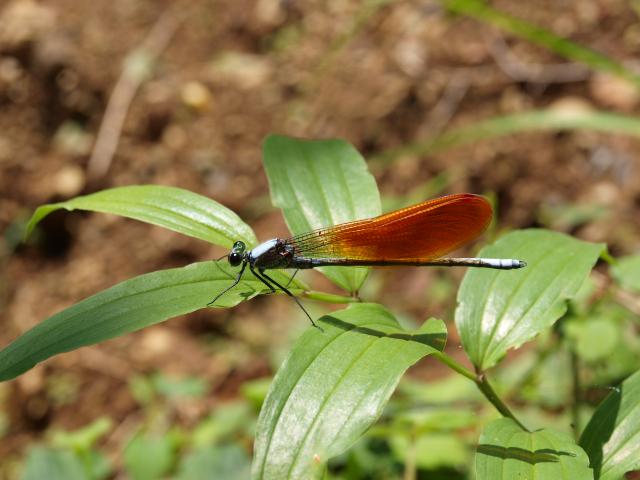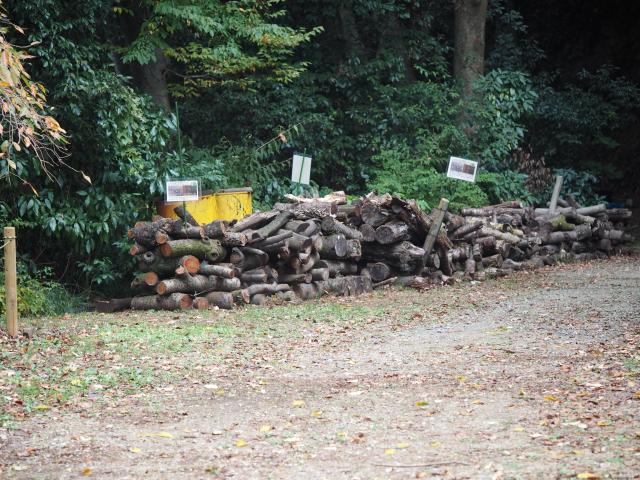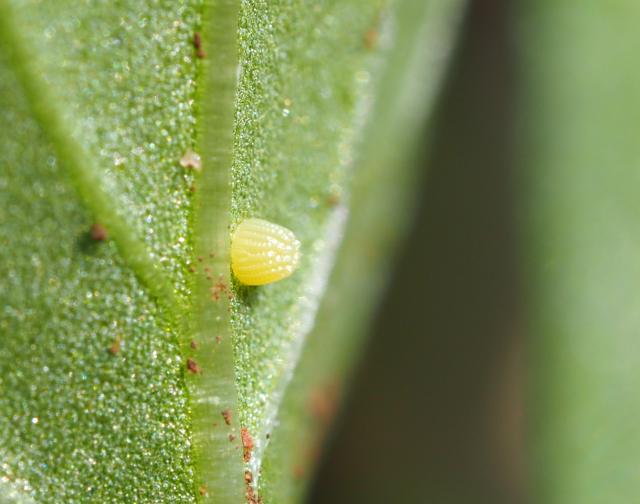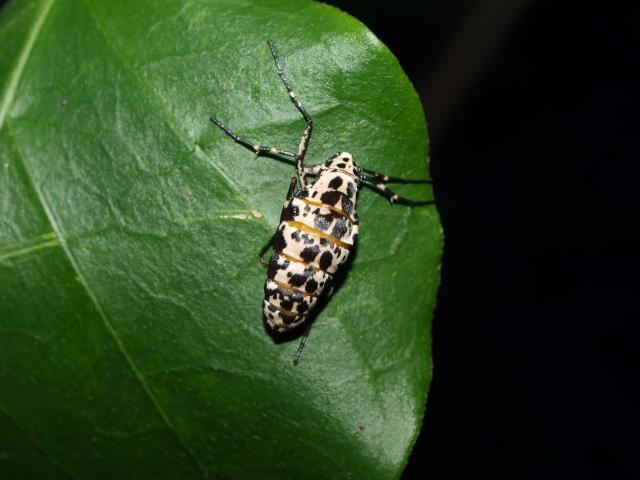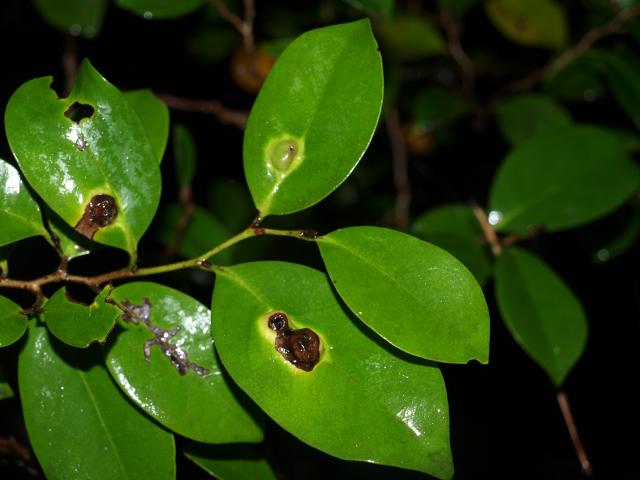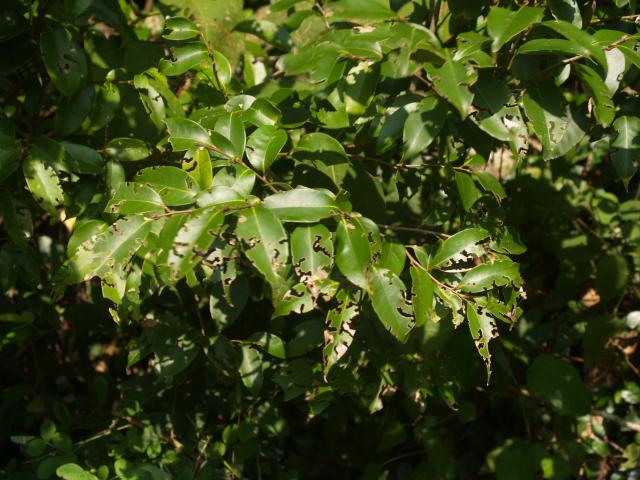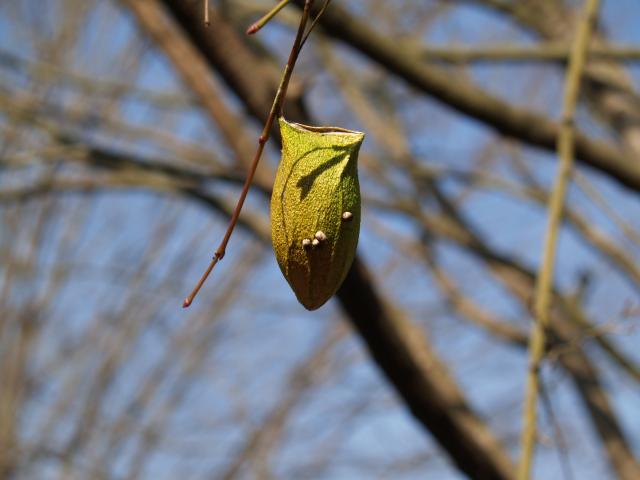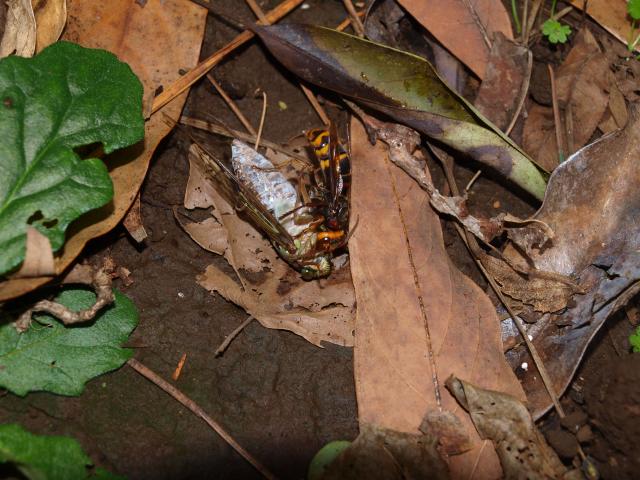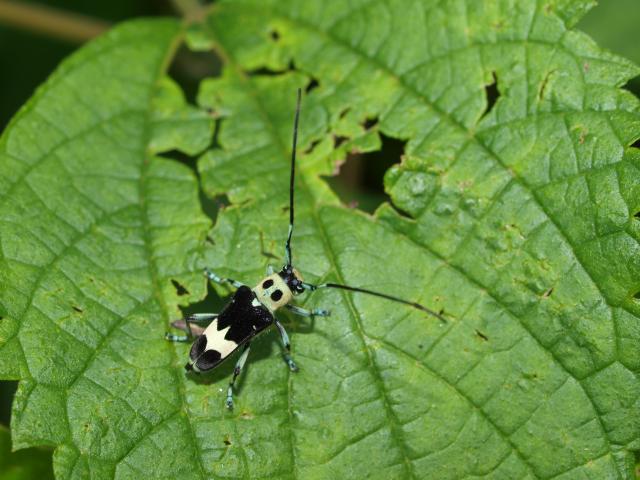Home > Highlights from the garden > Observing seasonal insects
Main content starts here.
Observing seasonal insects
Just as the plant life that we see here changes with each season, in response, so does insect life. Hundreds of types of insect have been recorded at the Tama Forest Science Garden, including 74 speices of butterflies, 33 species of dragonfiles and damselfiles, and about 120 species of longcorn beetles.
Some people might think that insects are hard to spot; however, that is not tha case at all. You will find plenty of diffrernt insects if you just look closely ato the ground. It is a good idea to use a maginifying glass if you want to spot smaller insects; however, you do not need any special equipment to see normal types of insects. One thing to be careful about, though, is to not touch them. Youmight crush the smaller ones, and also your fingers might pass on bacteria that prey on insects as parasites.
To help you observe insects and the traces they leave, we have approximately 60 places in the Science Garden marked as "insect spot." We cannot promaise that you will find insects there each and every time; if you are interested, those spots are a good place to start looking.
You will faind lots of butterflies fluttering about in the Science Garden form spring to fall, often in places where plants are blooming or sap is dripping from trees. Even in winter, you may find some species (e.g.Narathura japonica) basking in the warm sunlight on the leaves of evergreen trees.
You can see numerous dragonfiles and damselflies near the stream. Borad-winged damselflies and certain types of darners are common in summer, while red darters are the main species in the autumn. Near the Yamanoue-azumaya in the deepest part of the Science Garden, there are piles of logs of dead trees. Here , you can see longcorn beetles and other insects that come to lay their eggs.
Be sure to check the grass verges beside the forest road. You can spot grasshoppers and praying mantises, among other insects.
If you see butterflies fluttering short distances along the verges and then landing on the grass look at the spot it took off from. You may be able to spot its eggs!
There are not many insects around in the cold of winter. But if you are lucky, you may be able to catch sight of insects that only appear during this season, such as winter moths. If you cannot see any insects on on the move, you can always seek out "insect galls." For example, in Arboretum No.1, you will see galls on the leaves of the Distylium racemosum trees, and in Arboretum No. 2, you will find them on the branches of the Japanese holly, looking like round berries. These galls are the aphid and the gall midge (a type of small fly), respectively. There are also traces of insects on the leaves of evergreen trees and on tree trunks. You can see streaks and spiral-shapes marks on the trunks of Japanese fir trees in the botanical woodland areas. These marks are the places where the larvae of the large tiger longcorn beetle, xylotrechus(Ootora) villioni were eating beneath the bark. You can also see feeding traces made by the leafminer beetle Trachys robusta cut into the leaves of the Castanopsissieboldii and cocoons scattered on the ground of forest, left behind by emerging moths.
You may find a strange smell in the botanical woodland in early spring. Take a close look around. No doubt the charming flowers of the Eurya japonica have bloomed in their bell-like shape, and small insects are visiting them. The Eurya japonica emits its odor to attract flies and bees, which are active in the early spring. Hormets and paper wasps spmetimes sting people; however, They are also natural enemies to many harmful insects, which they eat. The cherry trees and other trees in the Tama Forest Science Garden are not sprayed with insecticide. There is no need- we simply let the many birds and helpful insects do the job themselves. So, we don't remove hormet and wasp nests from the park unless they are in a particularly dangerous location, such as beside a walking route.
Unfortunately, some insects have disappeared from the Tama Forest Science Garden. The-large spring tiger butterfly Luehdorfia japonica was widly distributed in the south Kanto region during the 1960s, but it disappeared form Tokyo by about 1971. The Tama Forest Science Garden was one of its last remaining habitats, but it is believed that the butterfly has become exstinct in the region because it lost access to a number of other sub-habitats in the Takao area ( It still has plenty of remaining habitats in Japan as a whole.) However, you might like to amuse yourself by keeping an eye out for one as you walk through the Science Garden.
The insects you can see in the Science Garden do not include just native speces. It is believed that the beatiful butterfly Hestinaassimilis (red ring skirt) was released in Kanagawa Prefecture in the late 1990s. Since then, it has spread to all of the prefectures in the Kanto region (Tokyo and nealy areas) and even into the Chubu region of central Japan. The native Sasakia charonda and Hestina persimilis japonica also feed on the Chinese hackberry, and there are conserns about how the spread of Hestina assimilis will impact these native species. Additionaly, the green tree cricket that sits on trees in fall evenings, shrlly calling "riiriirii", and the ramie longicorn beetle Paraglenea fortunei that can be seen on clumps of ramie in the ealy summer are both alien species. There is no practical way to eradicate them; therefore, preventing additional species from being imported in the future is an important issue, and so is determining how to handle the newcomers already in Japan.
Right, let's get out there and look for insects, taking proper care while we do so. Do not forget your drinks and cameras if you are carrying any. There are lots of mosquitos out there in summer as well, so take whatever precautions you need to.
|
Insects gathered to bask in the sunlight on the Callicarpa japonica plan |
Insect gathering around a source of tree sap |
dragonflie |
Piles of logs of dead trees |
|
Egg of Indian fritillary butterfly,Argyrus hyperbius laid on a violet |
Adult females of the wingless moth Erannis golda, which is active in winter
|
Insect "bumps" of aphids on the leaves of Distyliumracemosum
|
Feeding traces made by Trachys robusta on Castanopsissieboldii leaf |
|
Cocoon of the Rhodinia fugax moth known as yamakakasu |
A European hornet attacking an evening cicada |
An adult Hestinaassimilis in tis summer form |
Paraglenea fortunei on ramie leaf |
Copyright © Forest Research and Management Organization. All rights reserved.

